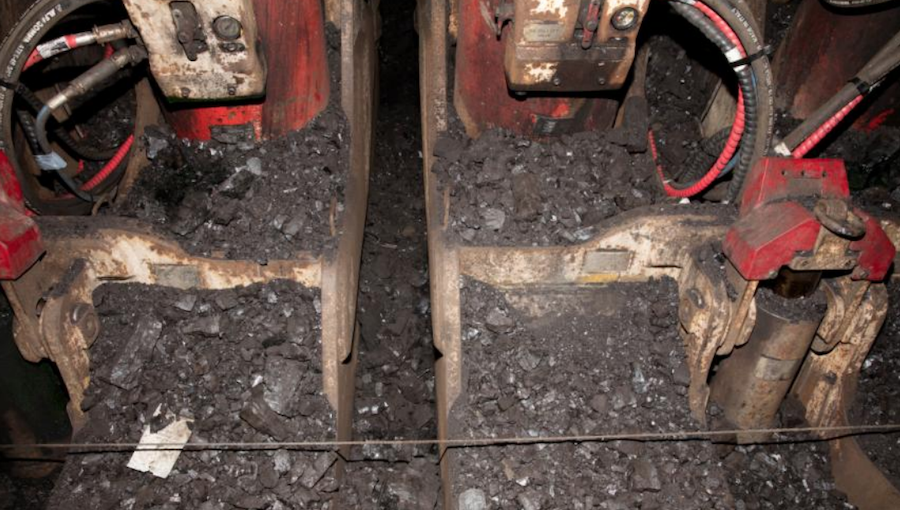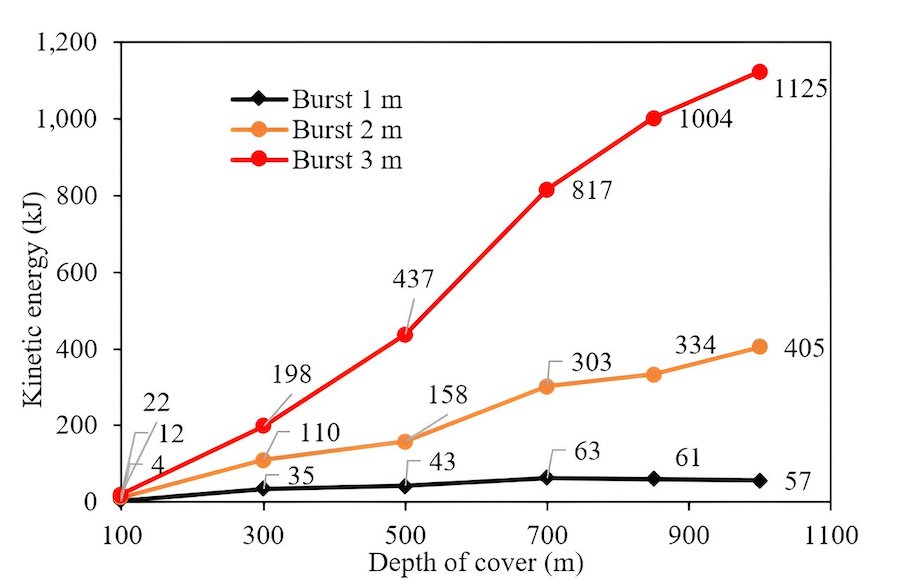Main sources of coal bursts identified

The strain and potential energy stored in the coal mass surrounding mining excavations, and the seismic energy radiated due to geological discontinuities are the main sources where coal bursts originate, new research shows.
A recent study published in the journal Geohazard Mechanics also found that strain energy density (SED) around excavations increases with increasing mining depth and the maximum SED area migrates deeper into the coal.
The research was conducted by a group of scientists at the University of New South Wales who decided to review the potential sources of energy that could trigger catastrophic dynamic rock failures. They noted that such incidents are typically the result of a volatile and uncontrolled energy release from within an overstressed rock mass or coal seam during the mining process.
“Coal burst events are relatively rare in the Australian coal industry; however, their occurrence appears to be increasing, particularly in deeper mines,” Ismet Canbulat, senior author of the paper, said in a media statement. “The industry’s understanding of these events is mostly qualitative, relying on international experiences that may not always align with conditions in Australia.”

For the study, the researchers used current analytical and computational methodologies to determine the energy magnitude required to trigger a coal burst, taking into consideration a variety of energy sources and their respective release mechanisms.
Additionally, the concept of energy balance was applied to calculate the seismic energy radiated during the mining process and the kinetic energy of ejected rock or coal for a given burst scenario.
“According to the results of energy changes in excavations, the modelling predicts that for depths of ejection 2 m and 3 m the kinetic energy of a burst increases as the mining depth increases from 100 m to 1000 m, but for depth of ejection 1 m only increases until mining depth reaches 700 m and then decreases,” the paper reads. “For the worst scenario in this study (i.e., 3 m of burst thickness in 1000 m of depth of mining), the kinetic energy of ejected coal is approximately 2513 kJ and 1125 kJ, respectively, for longwall face and development.”
In the scientists’ view, the study showed that the energy-based model indicators can help to assess the coal burst risk proneness within various geological and mining domains. Also, the computed energy-term results can provide quantitative insights into coal burst control measures.
{{ commodity.name }}
{{ post.title }}
{{ post.date }}


Comments